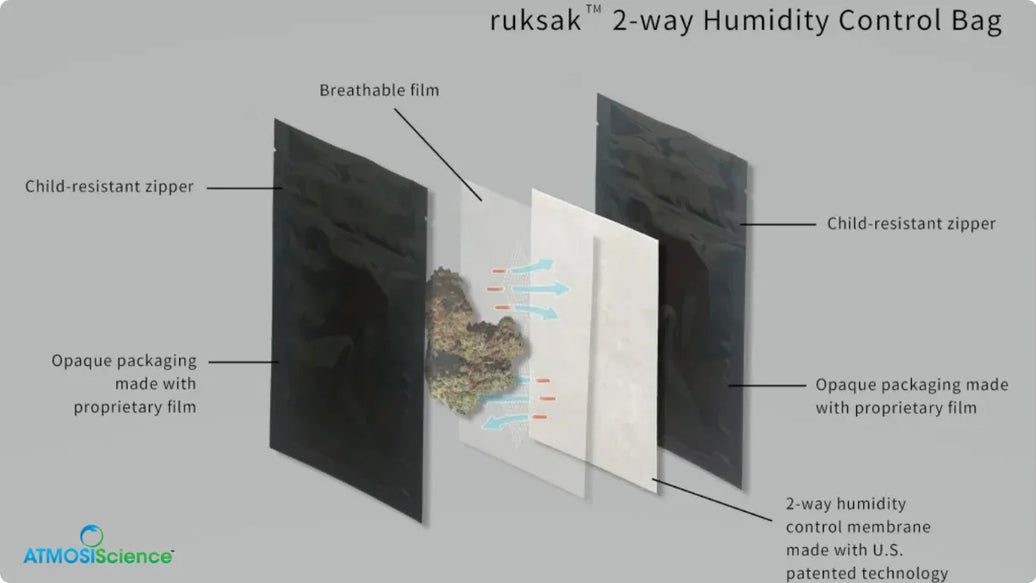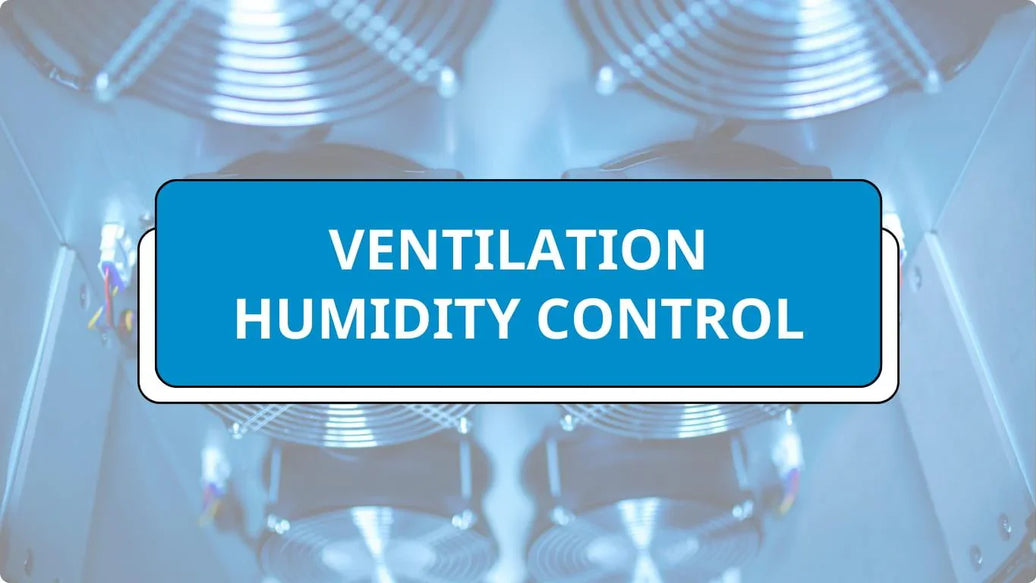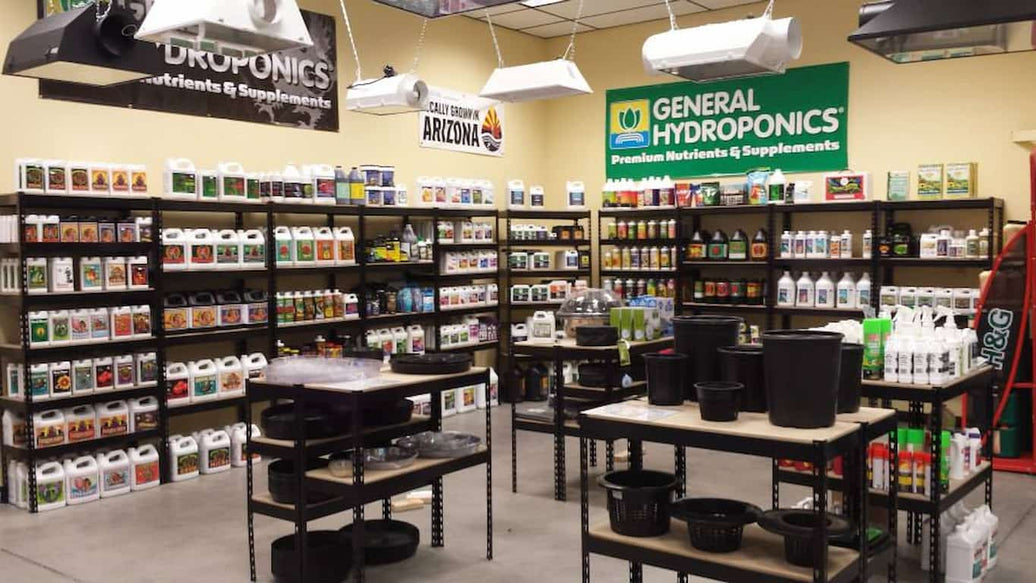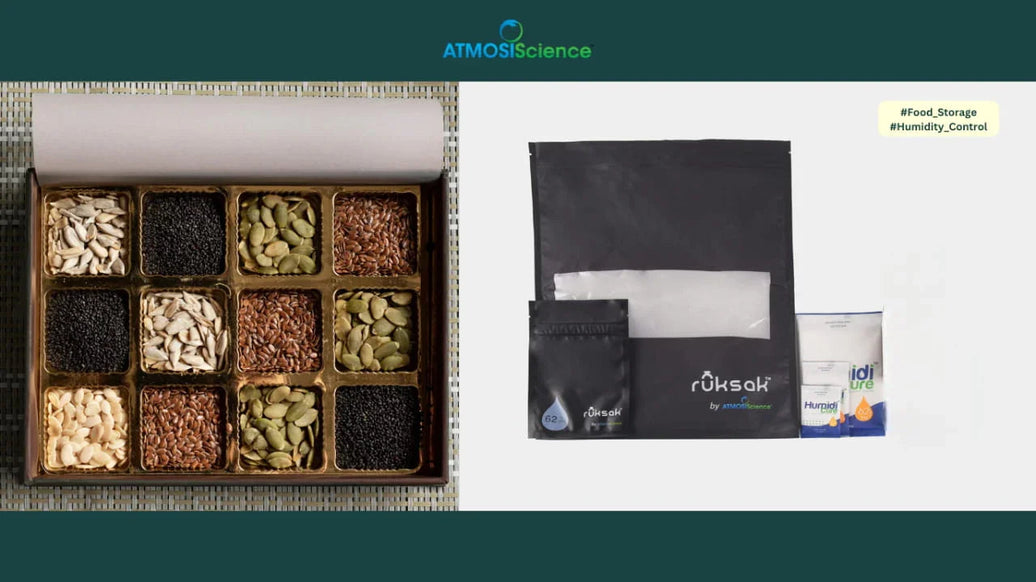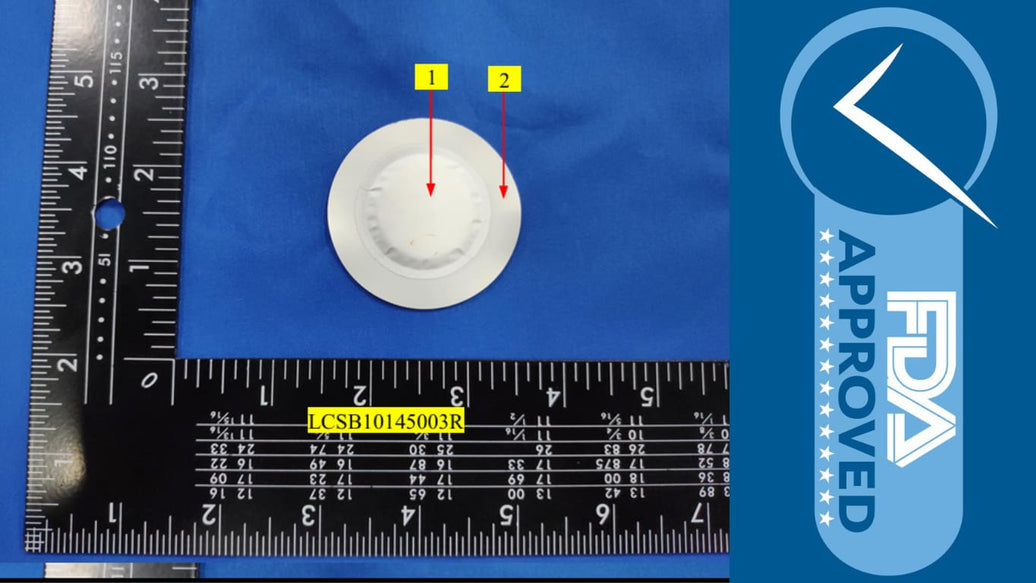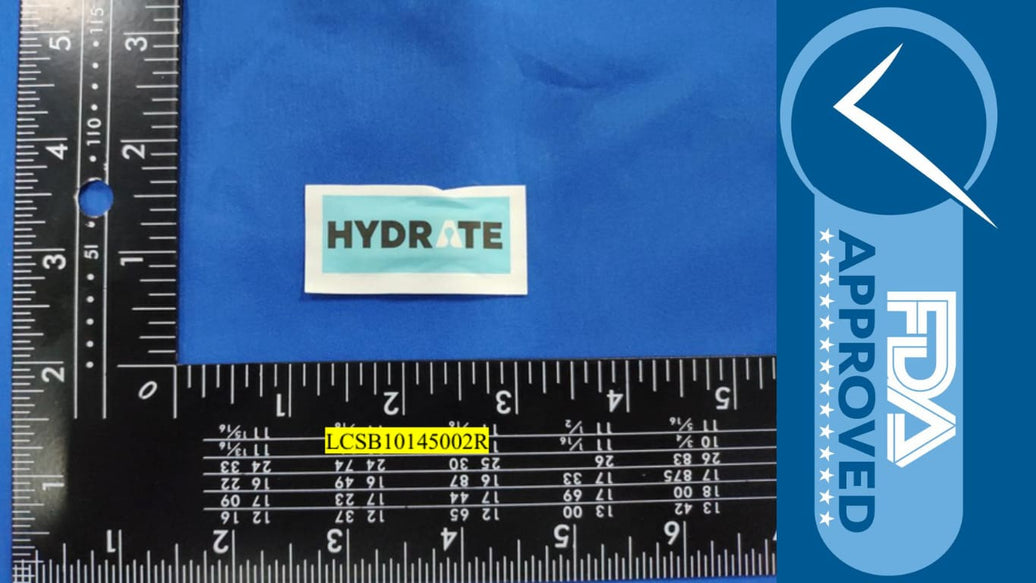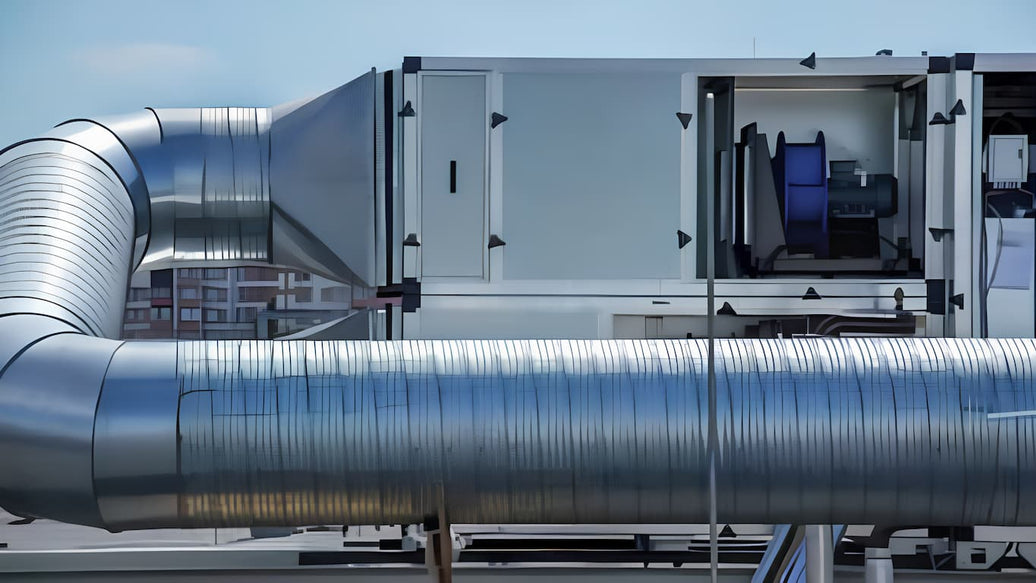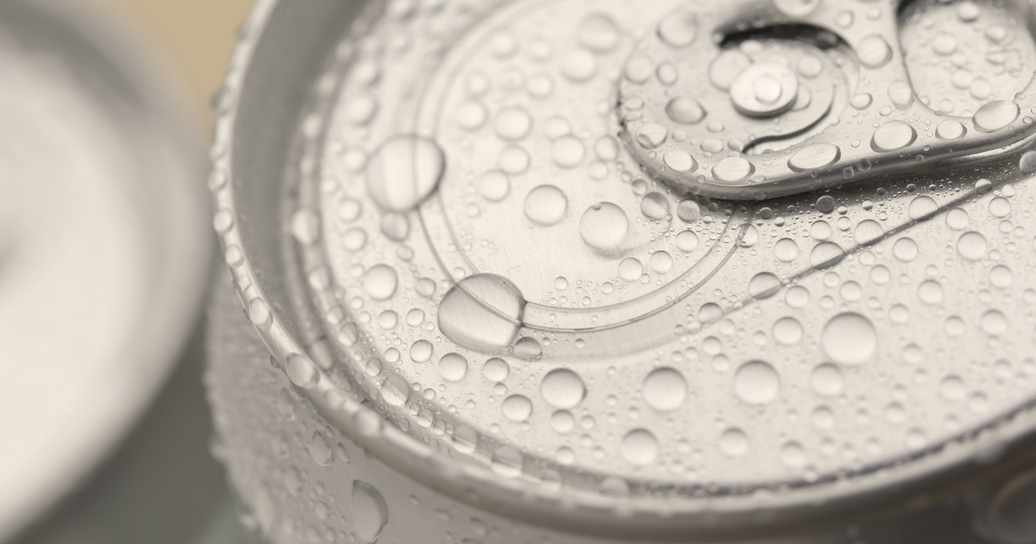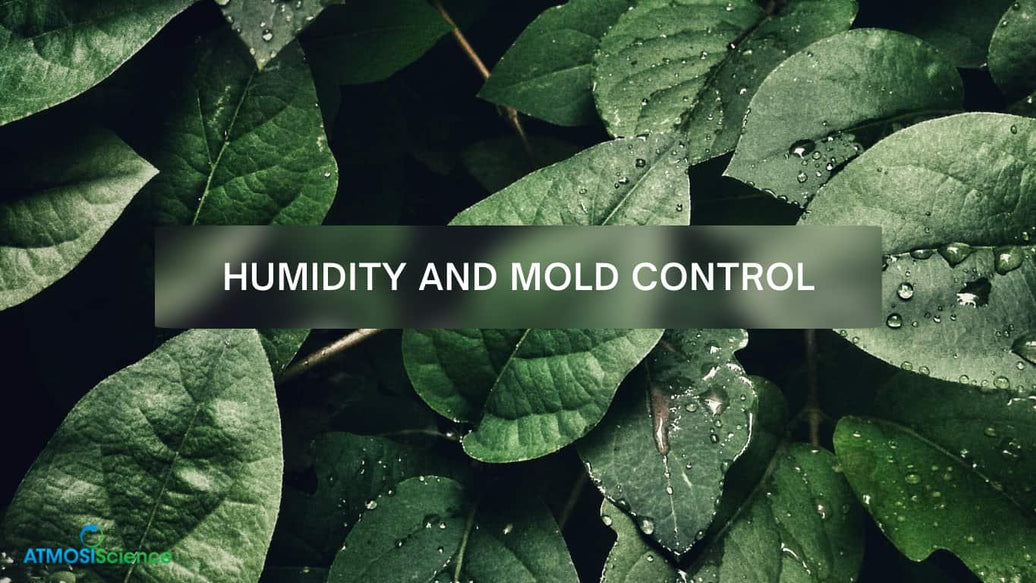We are generally accustomed to tracking temperature in our own daily lives, but rarely do we consider humidity – which is one fundamental environmental component that influences health in a variety of settings and speeds decay (from buildings to our clothes). In this blog, we are going to touch on the different humidity effects on human health, built environments or materials, and climate systems. Research consistently demonstrates that keeping the relative humidity (RH) within the range of 40% to 60% optimizes outcomes across these domains and deviating from that sweet spot unleashes a veritable chain of negative events.

The hidden impact of humidity on health and wellness
Humidity and health – Humidity effects on human health operate through several distinct mechanisms. When relative humidity goes below the threshold of 40%, our respiratory systems wear defenses. Low humidity health effects include impaired mucociliary clearance, increased viral transmission, and heightened risk of respiratory infections. Conversely, high humidity effects create different health problems, including the proliferation of allergens such as dust mites and mold, which thrive when relative humidity exceeds 60%.
The relationship between humidity and viral transmission is particularly compelling. Data indicates that virus survival follows a distinctive U-shaped pattern relative to humidity levels. At very low humidity (≤20% RH), viruses demonstrate the highest survival rates, and at very high humidity (above 80% RH), minimum viability occurs in the 40-60% RH range. This also explains why respiratory tract infections commonly peak during winter seasons, with indoor heating resulting in indoor humidities that are far too low.

Humidity effects can also be more pronounced among people with asthma or allergies. Studies reveal that for each 1 unit increase in relative humidity above the optimal level, asthma risk increases 9.27%, especially among children. Controlling indoor humidity is thus a main but often missed strategy for decreasing allergic and asthmatic symptoms.
Indoor air quality and the humidity connection
The relationship between humidity and indoor pollutants creates complex challenges for maintaining healthy indoor environments. When humidity levels fall outside the optimal 40-60% range, concentrations of various indoor pollutants typically increase, following a characteristic U-shaped pattern. At low humidity, increased electrostatic charging suspends fine particulates longer, while high humidity accelerates off-gassing of chemicals from building materials and furnishings.

Low humidity health effects in indoor environments include increased concentrations of respirable dust and enhanced survival of airborne pathogens. These conditions create particular challenges during winter months in colder climates, when building heating systems can drive indoor relative humidity below 20%, creating uncomfortably dry conditions that compromise both comfort and health.
High humidity effects in indoor spaces include enhanced mold growth, dust mite proliferation, and increased chemical emissions from building materials. These combined effects make humidity control a cornerstone of healthy building design and management. Modern building science increasingly recognizes that humidity management should be considered as important as temperature control for creating healthy, comfortable indoor environments.
Material degradation: how humidity affects everything around us
Humidity effects extend beyond biology to influence material stability across numerous applications. The relationship between humidity and metal corrosion, illustrated in the chart below, demonstrates how critical this environmental parameter can be for infrastructure durability and maintenance requirements.

As this chart clearly illustrates, metal corrosion rates remain minimal at low humidity levels (0 units at 0% RH, 2 units at 20% RH, and 5 units at 40% RH) but increase dramatically as relative humidity exceeds 60%. The corrosion rate reaches 30 units at 60% RH and accelerates to 100 units at 100% RH. This exponential increase reflects the formation of thin water films on metal surfaces that facilitate electrochemical reactions essential to the corrosion process.
High humidity effects on materials extend beyond metals to impact paper products, wood, electronics, and pharmaceuticals. In electronic devices, humidity can compromise insulation layers, promote metal migration, and catalyze various degradation mechanisms. For pharmaceutical products, moisture-induced degradation can alter therapeutic efficacy and safety profiles. These wide-ranging humidity effects underscore the importance of appropriate humidity control for preserving material integrity across diverse applications.
Climate trends: A shifting humidity landscape
The historical trend in global relative humidity, illustrated in the chart below, reveals a concerning pattern with significant implications for agriculture, infrastructure, and health.

This chart documents a steady decline in average relative humidity from 59.7% in 1980 to approximately 53.3% in 2025, representing a reduction of about 6.4 percentage points over 45 years. While this might initially seem positive for reducing high humidity effects in some regions, the reality is more complex. This declining trend reflects that land surfaces are warming faster than oceans, reducing relative humidity over land while potentially increasing specific humidity (absolute water vapor) in the atmosphere.
The decreasing relative humidity trend contributes to intensified drought conditions in already arid regions, while paradoxically, the increased moisture-holding capacity of warmer air leads to more intense precipitation events when conditions favor rainfall. This combination of both drier conditions and more intense rainfall represents one of the most challenging humidity effects associated with climate change.
Managing humidity: Practical approaches for health and comfort
Understanding humidity effects empowers us to create healthier, more comfortable environments while protecting valuable materials and infrastructure. For indoor spaces, maintaining the 40-60% RH “sweet spot” typically requires different approaches depending on climate and season:
- In cold, dry climates or during winter: Use humidifiers to add moisture to indoor air, but avoid over-humidification that could damage building materials
- In hot, humid climates or during summer: Employ dehumidification strategies, either standalone or integrated with cooling systems
- Year-round: Monitor humidity levels with inexpensive hygrometers and address extreme conditions promptly

For sensitive materials and equipment, specialized storage solutions with humidity control may prove necessary. Pharmaceutical products, electronic components, and valuable collectibles often require dedicated humidity management strategies to prevent degradation from both high and low humidity effects.
As climate change alters global humidity patterns, understanding these effects becomes increasingly important for developing effective adaptation strategies. The research clearly demonstrates that humidity, often overshadowed by temperature in climate discussions, represents a critical environmental parameter with far-reaching impacts on health, comfort, and material durability.
By maintaining appropriate humidity levels – typically between 40% and 60% RH for many applications – we can optimize outcomes across multiple domains while minimizing both low humidity health effects and high humidity effects that compromise well-being and material stability. This balanced approach to humidity management represents an important but underappreciated strategy for creating healthier, more sustainable environments in our changing climate.






